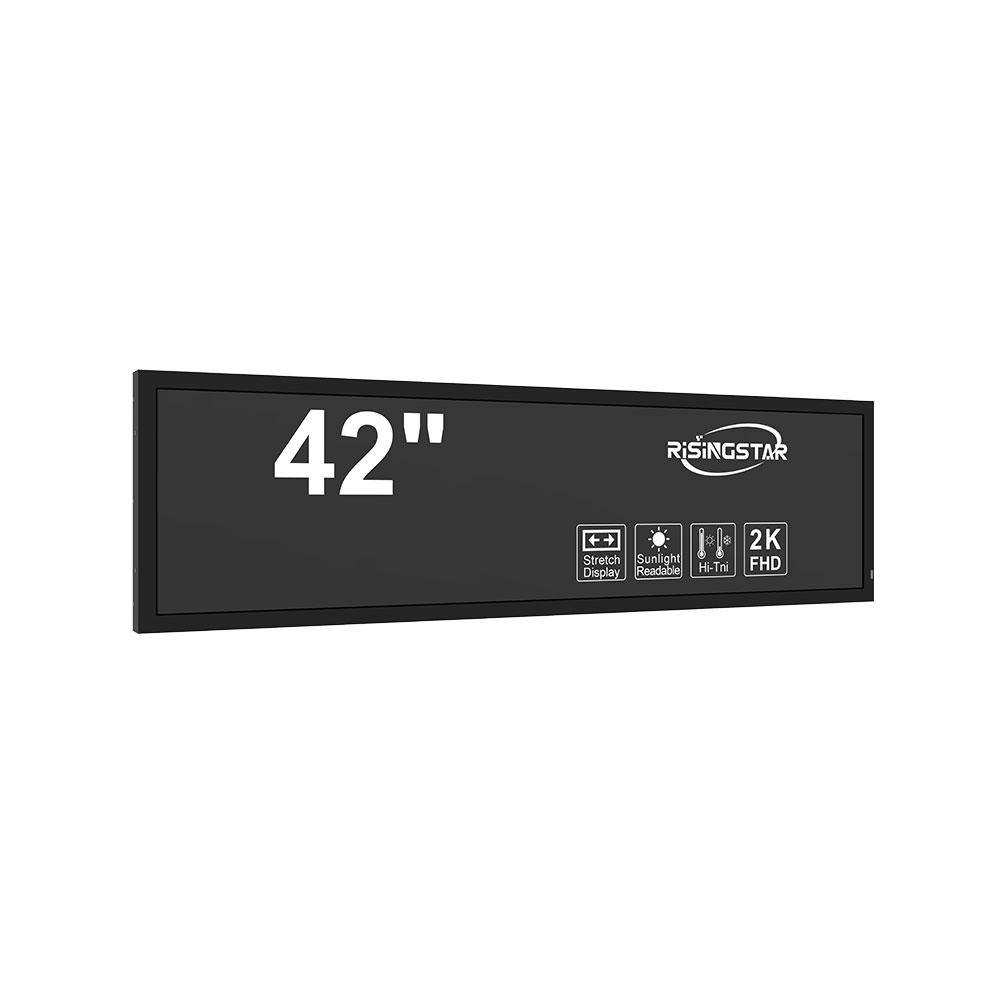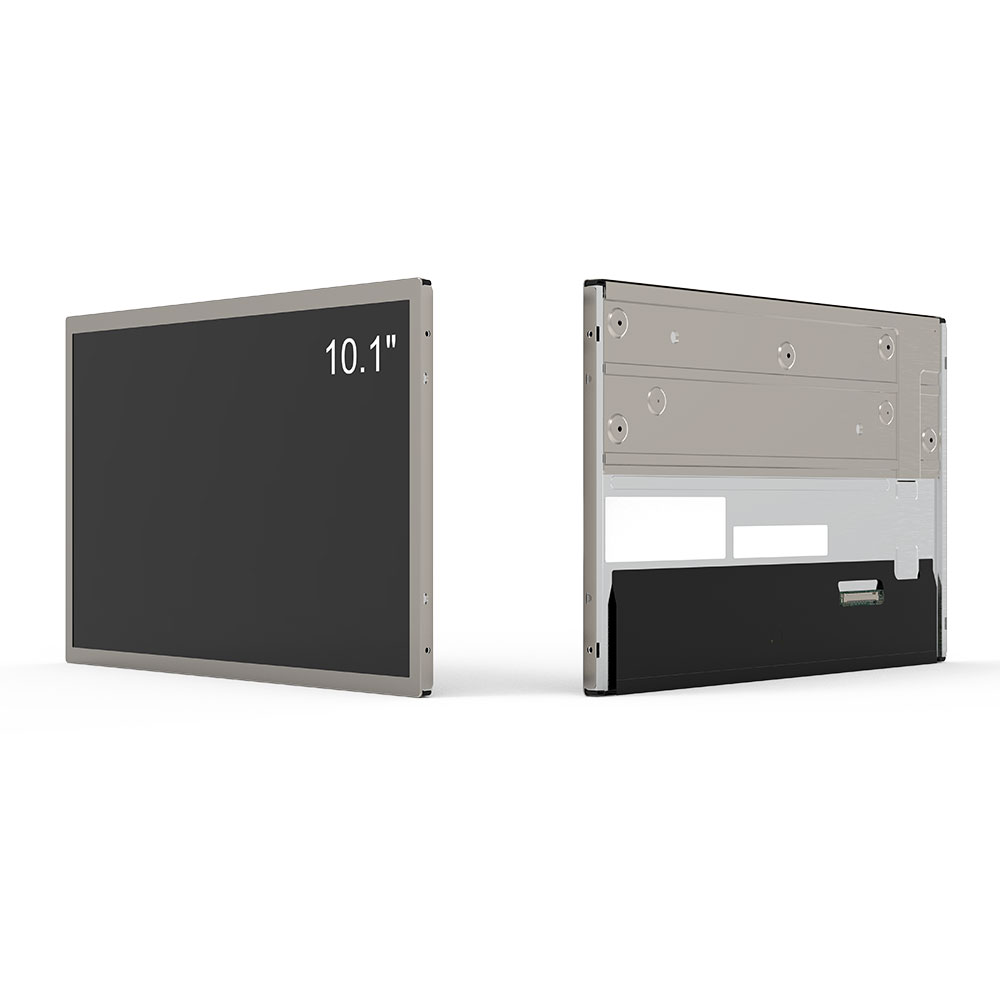- Home
- About Us
- Products
- News
- Video
- Contact
- Send Inquiry
Search
- Home
- About Us
- Products
- News
- Video
- Contact
- Send Inquiry

Selecting the appropriate sunlight-readable LCD screen is critical for overseas equipment manufacturers and distributors aiming to deliver reliable, high-performance solutions in demanding outdoor environments. These screens must maintain visibility under direct sunlight—often exceeding 100,000 lux—and function reliably across extreme temperatures, humidity, and vibration conditions common in industrial, military, agricultural, and transportation applications.
The key differentiator between standard displays and sunlight-readable (SR) LCDs lies in brightness, contrast ratio, and anti-reflection technologies. According to industry standards such as MIL-STD-188-134 and ISO 9241-3, SR LCDs must achieve a minimum of 5,000 nits peak brightness—far above the typical 300–500 nits of indoor displays. For example, modern SR LCDs used in construction machinery, solar power monitoring systems, and maritime navigation devices often exceed 7,000 nits, ensuring readability even under harsh midday sun.

Manufacturers should prioritize display technologies like transflective LCDs or high-brightness LED-backlit transmissive panels. Transflective LCDs combine reflective and transmissive layers, enabling operation in both bright sunlight and low-light indoor conditions—a key advantage for multi-environment deployments. Meanwhile, high-brightness LEDs with optimized diffusers and optical bonding significantly reduce glare and improve contrast ratios beyond 1000:1, crucial for user safety and operational accuracy.
Thermal management is equally important. Many SR LCDs are designed with passive cooling or active thermal regulation to prevent overheating in desert environments (up to 60°C ambient temperature). For instance, a case study by LG Display on their SR series for outdoor vending machines showed that thermal stabilization reduced display failure rates by over 60% in field tests conducted in Arizona and Dubai.
Mechanical durability is another essential factor. IP65-rated enclosures, shock-resistant mounting brackets, and reinforced glass (like Gorilla Glass or chemically strengthened glass) protect against dust, water ingress, and accidental impacts—common concerns in construction, mining, and logistics settings.

Finally, compatibility with ruggedized operating systems and interfaces (e.g., Android Automotive, Linux-based embedded platforms) ensures seamless integration into existing control systems. Distributors must verify certifications such as CE, RoHS, and FCC compliance to meet global regulatory requirements.
In summary, selecting the right sunlight-readable LCD involves balancing luminance, environmental resilience, mechanical robustness, and system compatibility—not just raw brightness. This holistic approach ensures long-term reliability, reduces maintenance costs, and enhances end-user satisfaction for industrial and outdoor applications worldwide.